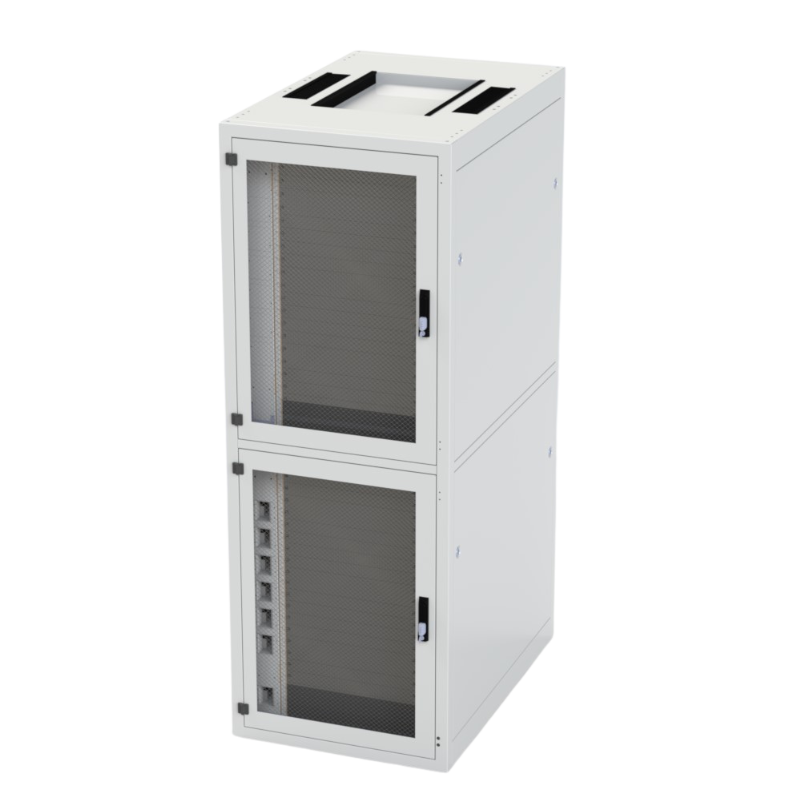The rail sector is preparing for a generational shift in telecommunications technology. But are technology providers on track to meet the industry’s needs?
If you have bought a new smartphone in the past two years, it is probably a 5G-capable device. If you live outside a big city, however, the chances are high that you rarely enjoy a 5G connection. The UK’s mobile service providers began their roll out of new high speed, high capacity 5G networks in 2019, but it will take several more years before coverage extends across the country.
This gap between the introduction of a new technology and its universal availability is an inevitable part of progress. Service providers want paying customers to connect to their new networks as soon as they switch them on. Handset makers seek to minimise customer frustration by ensuring that their products still work well on older 3G and 4G networks.
FMRCS is so new that some parts of the system are still being finalised, but the industry expects new trains to be equipped with FMRCS-ready hardware from this year. Just like the latest mobile handsets, these trains will be designed to communicate using both the old and new technologies, and just like today’s public mobile telephone systems, GSM-R and FMRCS infrastructure will operate in parallel as the latter is rolled out across the network from 2025.
Moving on without tripping up
A smooth and well-managed transition will be critical for the safe and reliable operation of the railway over the next decade and beyond, but that transition will be challenging for the companies that build, operate, and maintain the industry’s telecoms infrastructure. They will need to keep GSM-R running properly until at least 2030, while simultaneously installing thousands of new FMRCS assets across the network.
The enclosures that protect and secure trackside and on-station communications equipment will be a critical piece of that puzzle, and the enclosure selection decisions companies are making today could have a big impact on the cost and complexity of the upgrade process.
When specifying an enclosure replacement or new installation, engineering teams need to think beyond today’s technical requirements. Does the chosen design have the space to accommodate additional equipment? Does it offer appropriate security, environmental protection, and thermal management capabilities to meet future needs?
Every site, every combination of equipment and every digital deployment plan creates a unique set of enclosure requirements. A Rainford, we take the time to consult with our customers, understand their needs and design the most appropriate solution. All our enclosures are manufactured in the UK, ensuring stringent quality control, and keeping supply chains short. At every step, our goal is simple: reliable, long-term protection for our customer’s equipment.




